The landscape of modern web development, particularly in the realms of blockchain and decentralized applications (dApps), has undergone a paradigm shift. A protocol that has silently underpinned the functionality of many platforms and continues to make waves within these cutting-edge domains is Json-RPC. In this comprehensive exploration, we will unravel the complexities and demystify Json-RPC for you. We’ll not only provide you with a solid understanding of what it is and how it works, but also equip you with the tools to implement it effectively in your projects.
What is Json-RPC (JavaScript Object Notation – Remote Procedure Call)?
Json-RPC, short for JavaScript Object Notation – Remote Procedure Call, stands as a protocol designed for executing structured and efficient remote procedure calls (RPC) from a client to a server, leveraging JSON for data serialization. This approach greatly reduces the complexity often encountered in system and language integrations, significantly benefiting the intricate world of web development.
At its essence, Json-RPC operates as an open-standard protocol that employs JSON (JavaScript Object Notation) for data exchange. It facilitates service requests from programs through a specific data structure, with responses adhering to the same format. The protocol’s beauty lies in its straightforwardness, utilizing conventional HTTP for transport, thereby ensuring smooth communication across diverse platforms.
Originating in the early 2000s by Douglas Crockford, Json-RPC is not new to the technology scene. Its journey has been characterized by a steady evolution, with version updates and enhancements driven by the community. The current version, Json-RPC 2.0, reflects the collective wisdom and feedback of developers, embodying the protocol’s maturity and effectiveness.
How Json-RPC Works
To grasp the concept of Json-RPC, it’s crucial to understand the fundamentals of Remote Procedure Call (RPC) first. RPC is a protocol that enables a program to request a service from another program located on a different computer within a network, all without needing to grasp the intricacies of that network. Json-RPC facilitates this through a well-defined series of steps.
Json-RPC is built upon a straightforward, text-based protocol that leverages JSON for data interchange. Its structure is intuitive, consisting of a method to be invoked, optional parameters, an identifier to correlate requests with their responses, and either a result from the invoked method or an error message.
A Json-RPC request begins with an object defining the method and its parameters and concludes with a JSON string. The server processes this request and returns a response that includes an object with either the result or an error.
At the heart of a Json-RPC call are three critical elements: the method, parameters, and result objects. These components ensure fluid communication between client and server, effectively bridging any logical discrepancies between different systems.
Methods
The method acts as the gateway to the server’s capabilities, similar to a function call in traditional programming, enabling the client to perform a specific task on the server.
Parameters
Parameters represent the information provided by the client when requesting a service. These are packaged as an array within the method request.
Result Objects
The result object conveys the output of the method invocation back to the client. It can be any data type that JSON supports, such as strings, numbers, objects, arrays, or boolean values.
This structure and approach enable seamless interaction between disparate systems, making Json-RPC a powerful tool for remote service requests.
Implementing Json-RPC
Developers aiming to unlock the full potential of Json-RPC must master its implementation. As a streamlined protocol for remote procedure calls, Json-RPC enables code execution on a server as if it were local to the client’s machine. This requires a deep understanding of both setting up a Json-RPC server and creating a client, each with its own set of intricacies.
Setting Up a Json-RPC Server
Beginning with a Json-RPC server entails defining the methods clients can remotely invoke, including their input parameters and the format of responses. The next crucial step is configuring the server to listen for requests on a designated port. This task is surprisingly accessible due to the availability of libraries across various programming languages and platforms, which simplify the setup by handling the more complex aspects.
Creating Json-RPC Clients
Conversely, developing Json-RPC clients involves a distinct approach centered on crafting and sending requests to the server with the correct method names and parameters. Following this, clients must interpret the server’s response accurately, requiring a thorough understanding of the server’s methods, expected parameters, and output. Effective client-server communication hinges on this understanding, alongside robust error handling to ensure seamless interaction and resilience in the face of issues.
In both server and client development, a keen focus on security measures is imperative. This includes validating input parameters and securing the communication channel to thwart unauthorized access and protect against data breaches. With meticulous attention to these details, developers can harness Json-RPC to create powerful, efficient applications that facilitate fluid client-server interactions.
Advantages of Json-RPC
Json-RPC conveys numerous benefits to developers, making it a preferred choice for many applications. Its advantages are particularly pronounced in decentralized environments, reflective of its early adoption within the blockchain and dApp sectors.
Simplicity and Flexibility
One of the most significant strengths of Json-RPC is its simplicity — it is easy to understand and digest. This simplicity fosters agility and quick development cycles, which are indispensable in rapidly evolving fields like blockchain and web3.
Language Independence
Json-RPC is language-agnostic, meaning it can be implemented in and used by developers in virtually any programming language. This flexibility ensures interoperability and is especially important for projects that involve multiple languages or components.
Transport Agnosticism
Json-RPC does not dictate a specific transport layer, enabling developers to use various protocols beyond HTTP — such as WebSockets or even traditional TCP/IP sockets — based on use case requirements.
Json-RPC in Practice
Json-RPC is far from just a theoretical concept; it’s a protocol that, in practical terms, is being applied widely across the internet. This is particularly true in environments that prioritize efficiency, reliability, and the ability to work seamlessly across different systems.
Use Cases in Web Development
In the realm of web development, Json-RPC is behind the scenes, driving a variety of services. These range from enabling real-time communication in chat applications to managing secure financial transactions. Its streamlined structure and straightforward implementation make it an ideal choice for microservice architectures, where it promotes smoother interactions between small, loosely coupled services.
Integration with Blockchain Technologies
In the innovative space of blockchain technology, Json-RPC demonstrates its versatility by facilitating direct and efficient communication with blockchain nodes. This capability is crucial for decentralized applications (dApps) that require interaction with the blockchain for executing transactions or retrieving data. By using Json-RPC, developers can ensure these applications operate smoothly, enabling users to perform necessary actions and access information in a secure and reliable manner. This underscores Json-RPC’s pivotal role in supporting the backbone of modern blockchain operations and contributing to the further development and adoption of decentralized technologies.
Comparing Json-RPC with Other Protocols
Understanding the unique value proposition of Json-RPC requires contrasting it with other popular protocols like REST and SOAP.
Json-RPC vs. REST
REST has long been the go-to standard for API design and consumption, offering a flexible, stateless approach that has been widely adopted across various industries. However, Json-RPC emerges as a compelling alternative for specific applications, especially those requiring a more straightforward, method-based communication model. Unlike REST, which can sometimes impose complex design constraints and require extensive HTTP verb usage, Json-RPC allows for simpler server-to-client communication, making it an attractive option for scenarios where efficiency and ease of implementation are key.
Json-RPC vs. SOAP
When comparing Json-RPC to SOAP (Simple Object Access Protocol), the differences become even more pronounced. SOAP, with its strict standards and extensive features like built-in security and transaction compliance, is designed for a wide range of enterprise-level applications. However, this comes at the cost of complexity and a heavier performance footprint. In contrast, Json-RPC stands out for its simplicity and agility. It bypasses the bulkiness of SOAP, offering a more lightweight and flexible protocol that delivers better performance and easier integration for certain use cases, particularly those that do not require the extensive features that SOAP provides.
Conclusion
Json-RPC is not just a footnote in the history of web protocols; it’s a crucial entry in the developer’s handbook. Its elegant design, language-independence, and transport agnosticism are winning developers over as they seek efficient ways to handle remote procedure calls. For those venturing into the realm of blockchain and decentralized applications, Json-RPC is becoming an indispensable tool. It’s a protocol that represents the art of simplicity in a world that’s increasingly complex, a guiding star for seamless and unified communications across disparate systems.
FAQ
What makes Json-RPC different from other RPC protocols?
Json-RPC’s standout features compared to other RPC protocols are its use of JSON for data serialization, its simplicity in design, and its protocol versioning. These elements have contributed to its popularity among developers seeking straightforward yet powerful interprocess communication.
Can Json-RPC be used with any programming language, or are there restrictions?
Json-RPC is designed to be language-agnostic; as a result, it can be implemented with any programming language that can parse JSON. There are virtually no restrictions on the choice of language when using Json-RPC, enhancing its appeal and ubiquity.
How does Json-RPC handle error reporting in remote procedure calls?
In Json-RPC, when an error occurs during the execution of a remote procedure call, the server returns a response with an error object. This object contains a `code`, `message`, and optional `data` field, providing clients with details on the nature of the error.
What are some common use cases where Json-RPC is preferred over RESTful APIs?
While RESTful APIs remain a go-to for many scenarios, Json-RPC is often favored for its efficiency and precision in cases where the client’s interaction with the server is more akin to a procedural flow, like in real-time systems or those managing events and notifications.



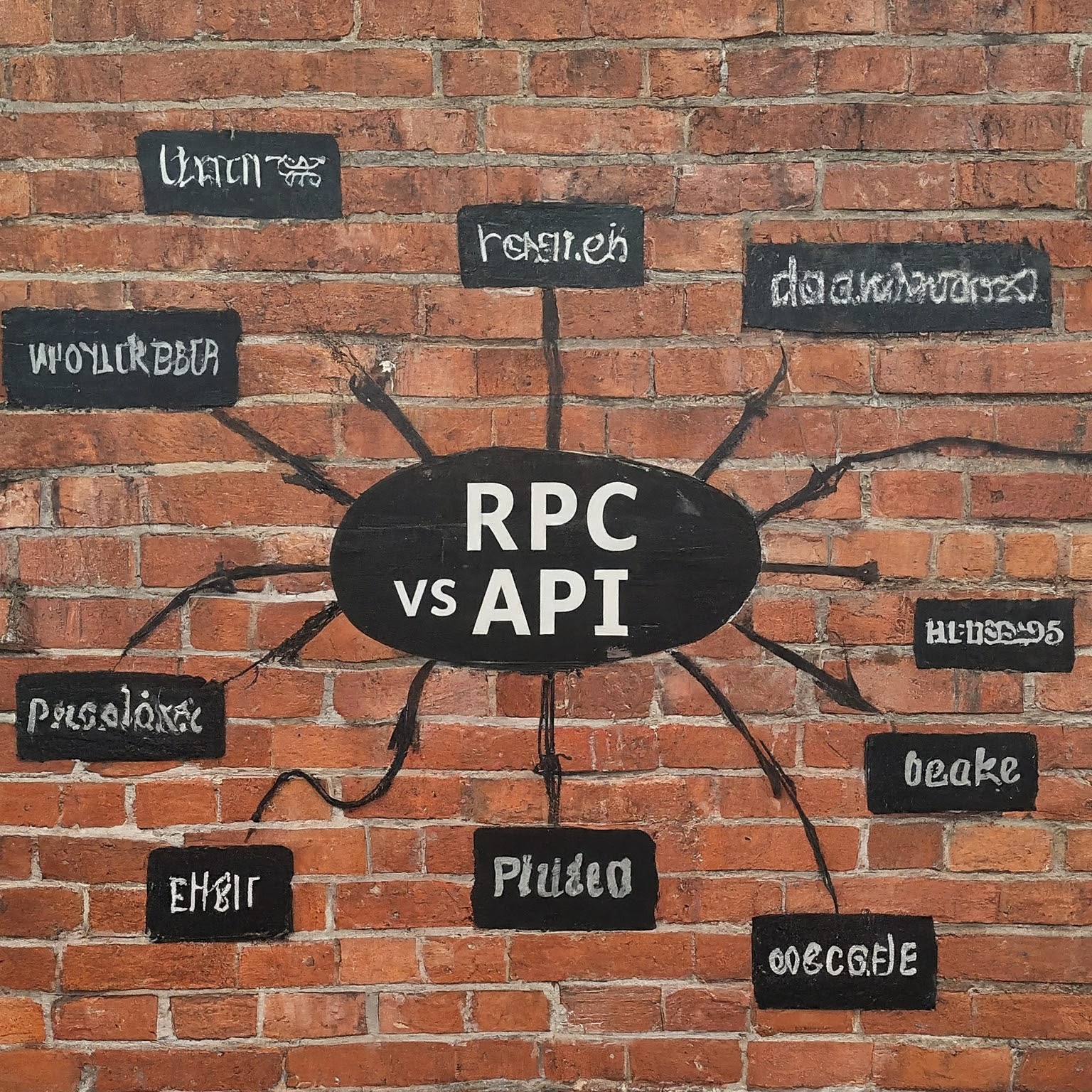


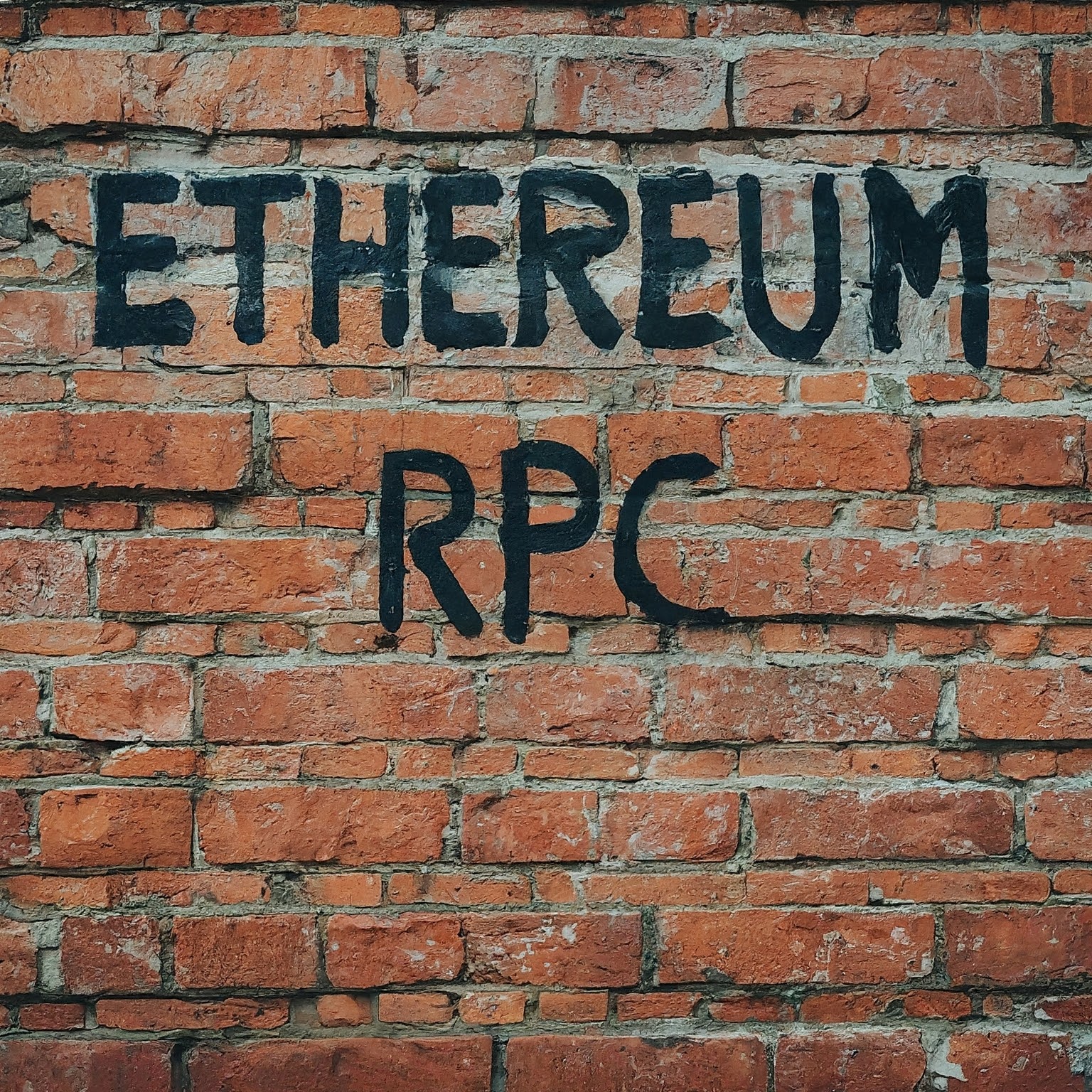
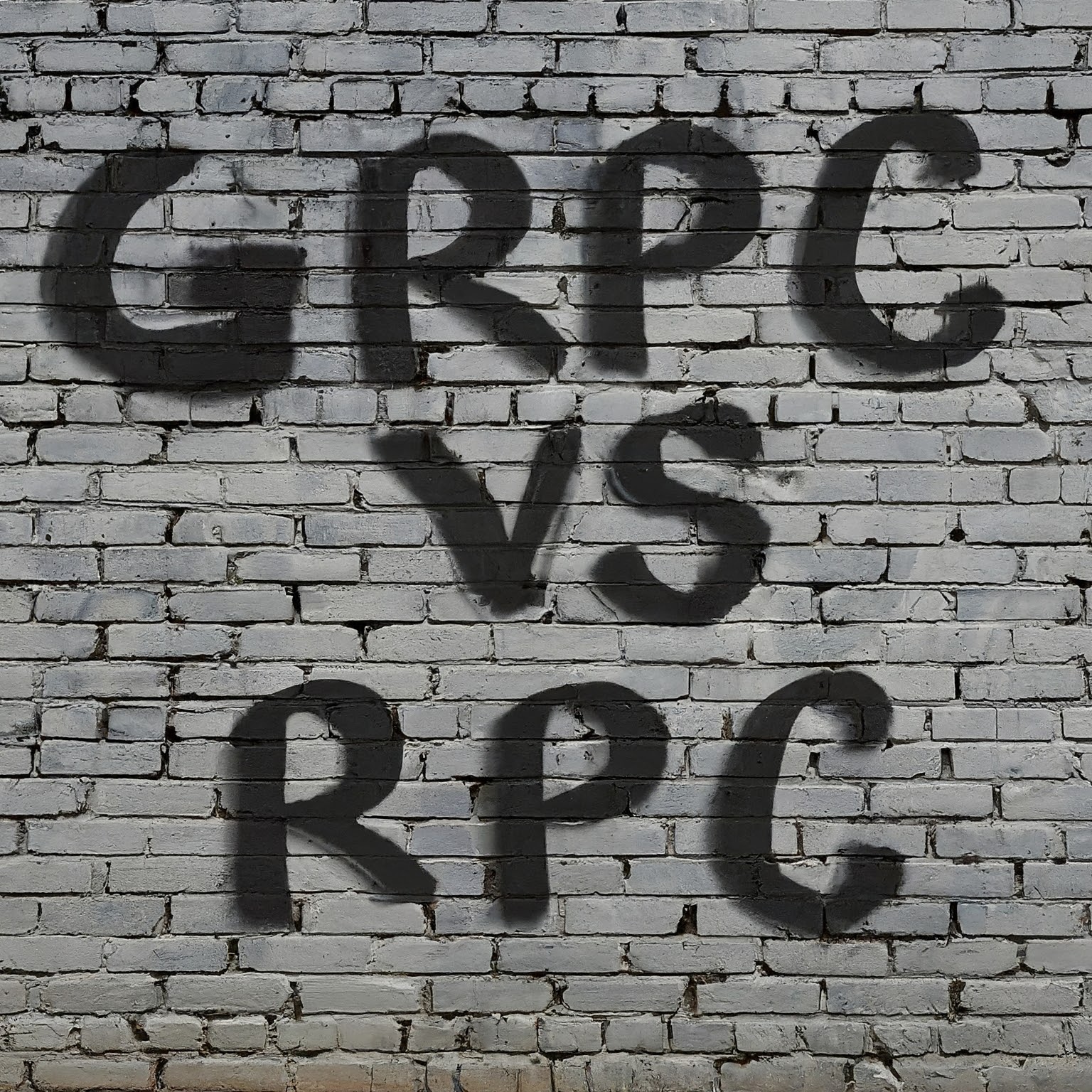
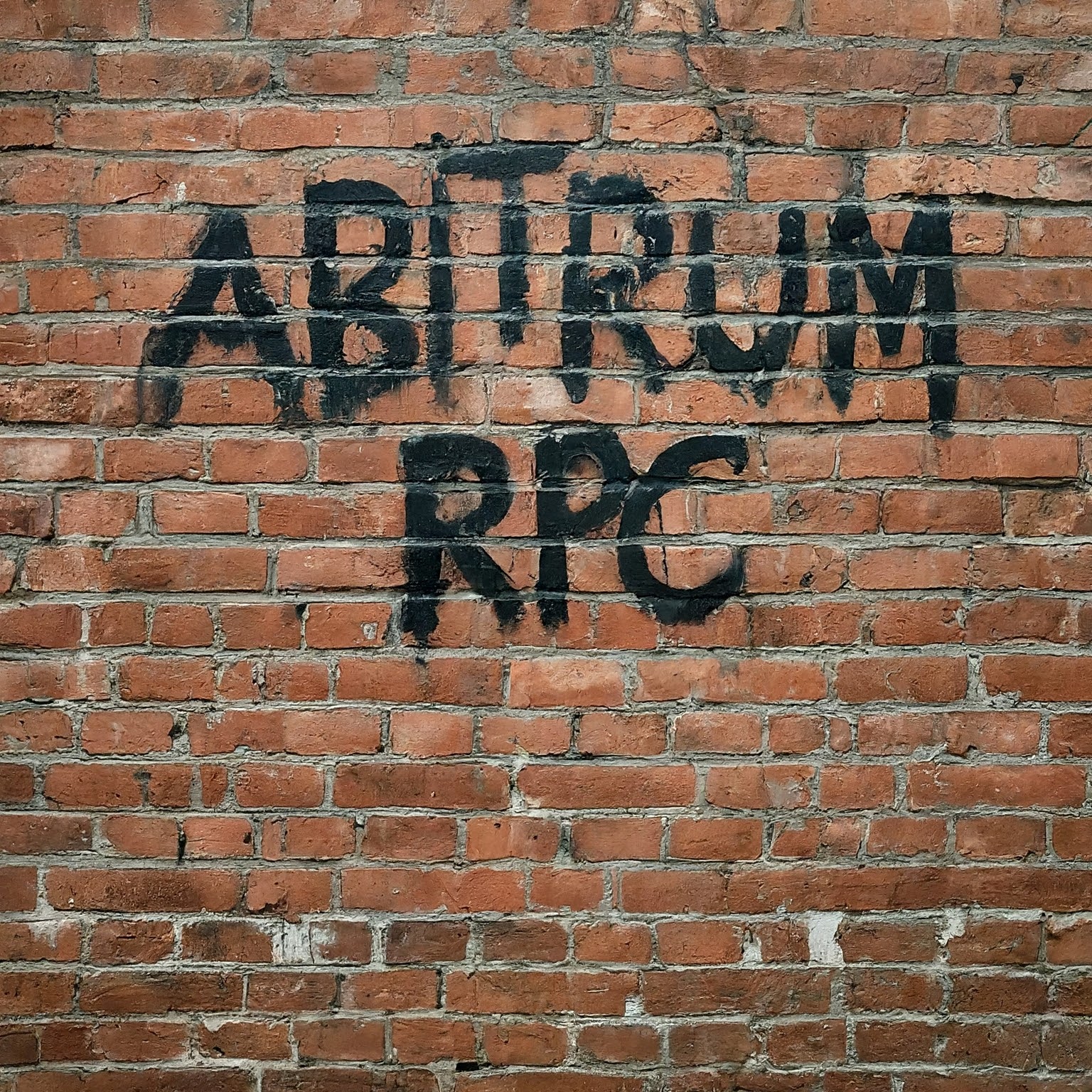

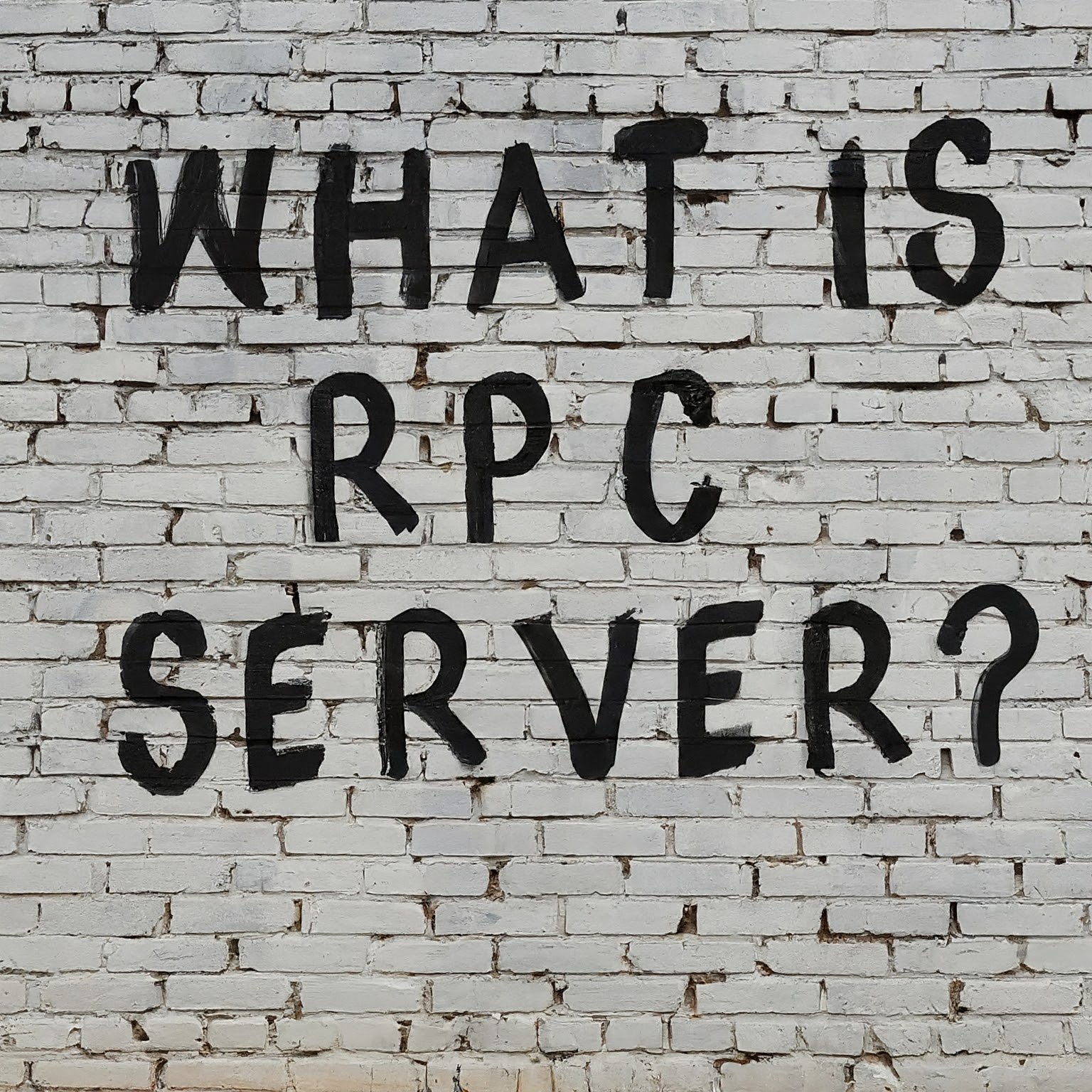

Leave a Reply
You must be logged in to post a comment.